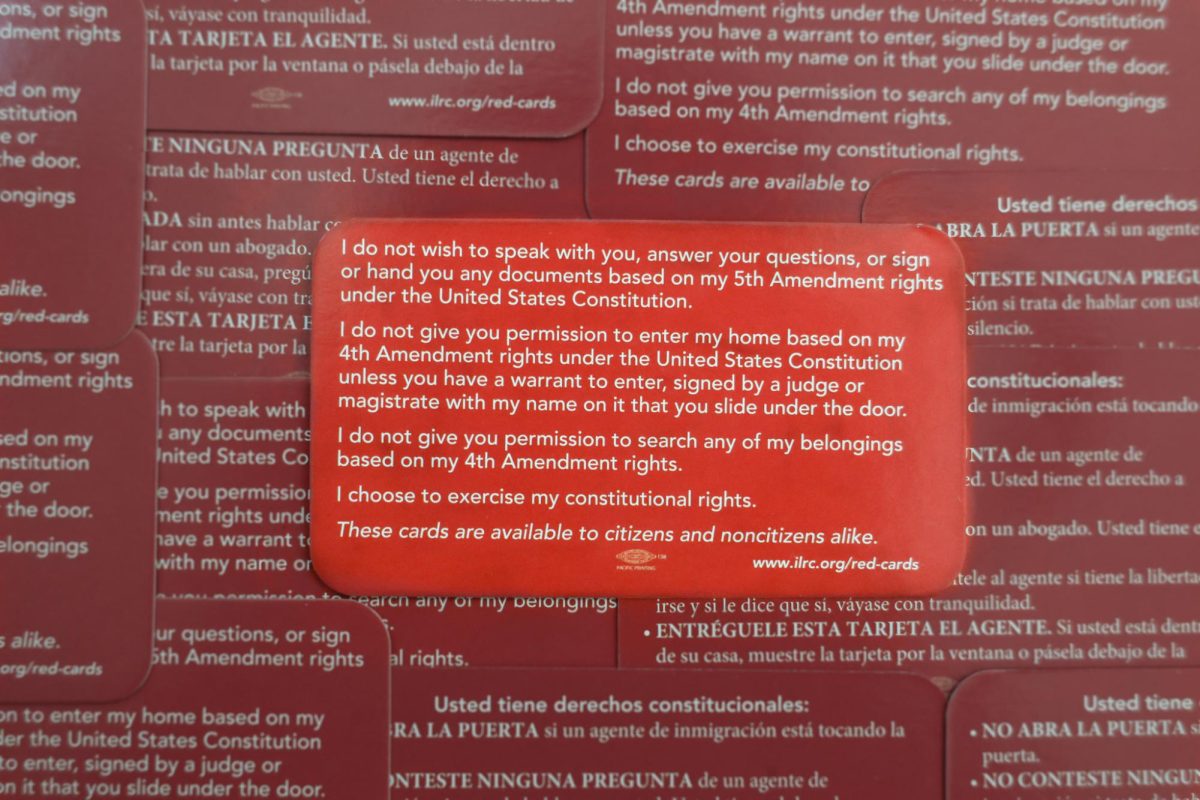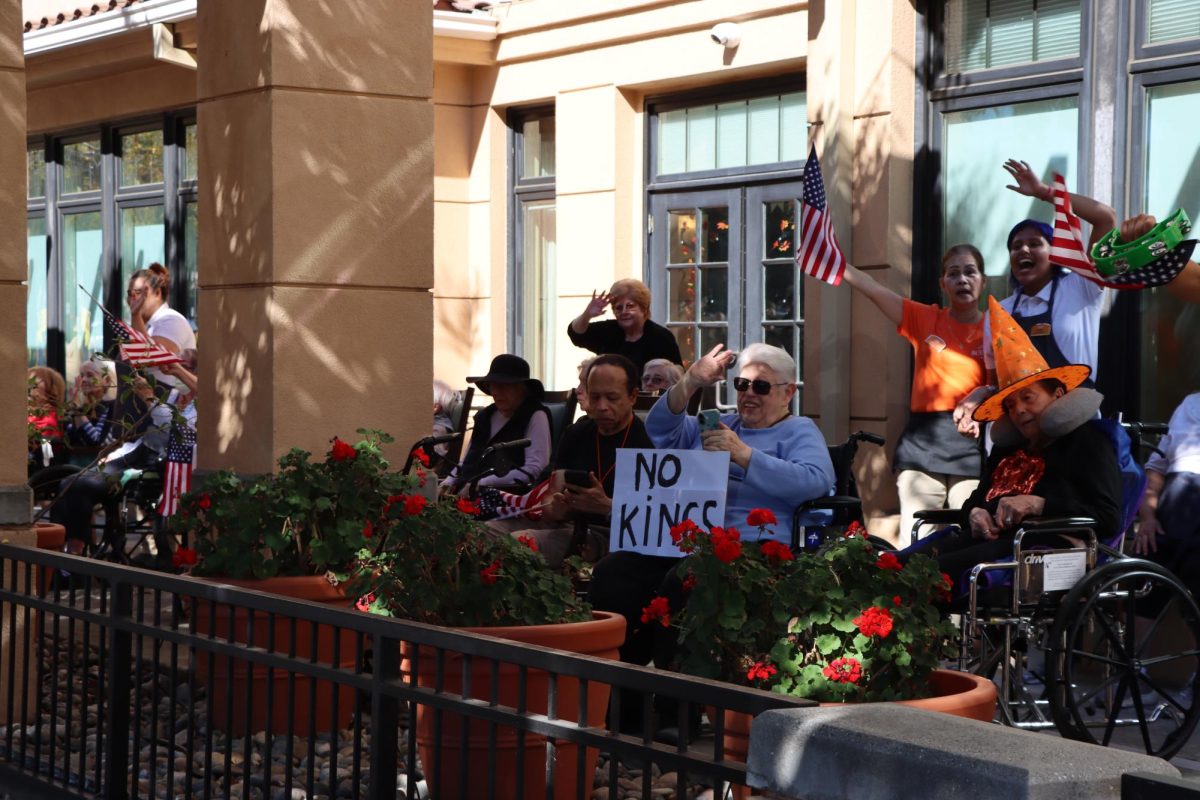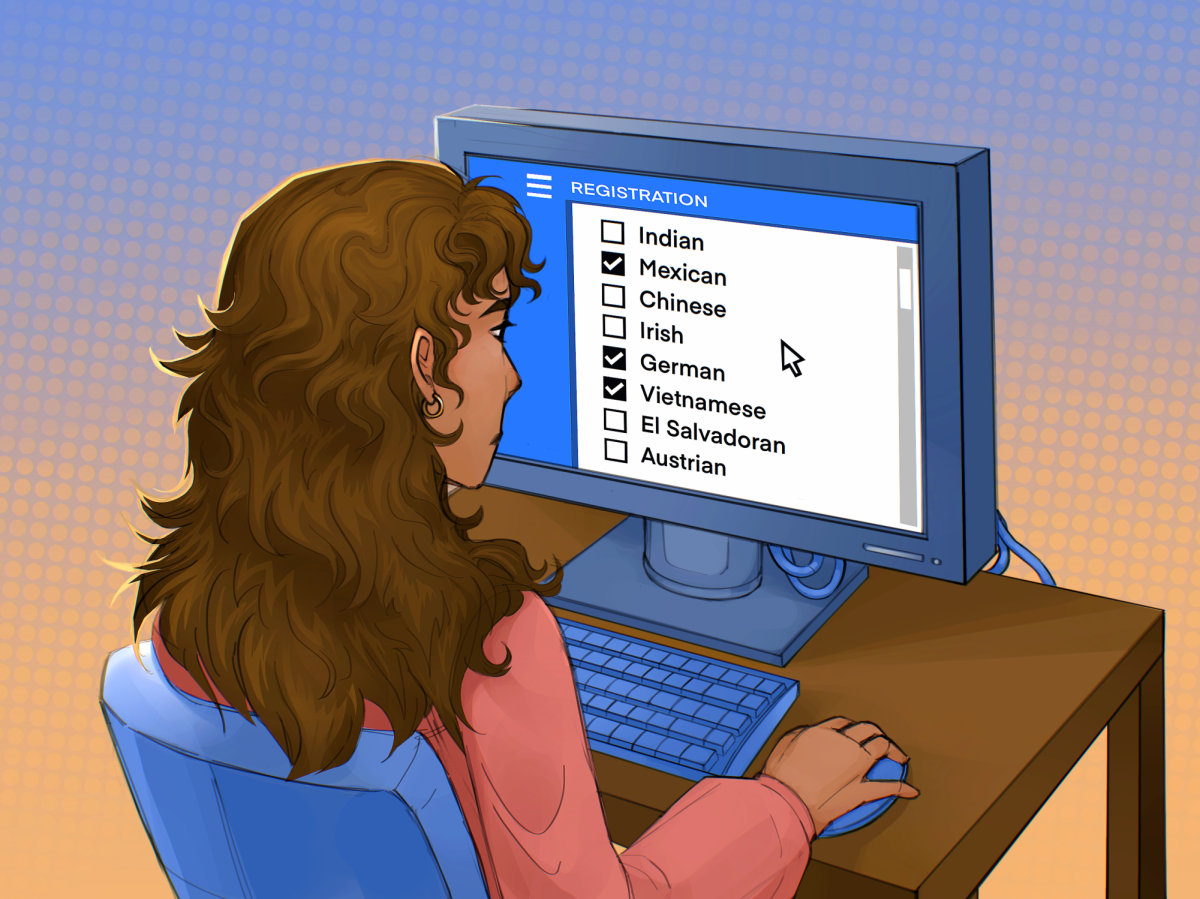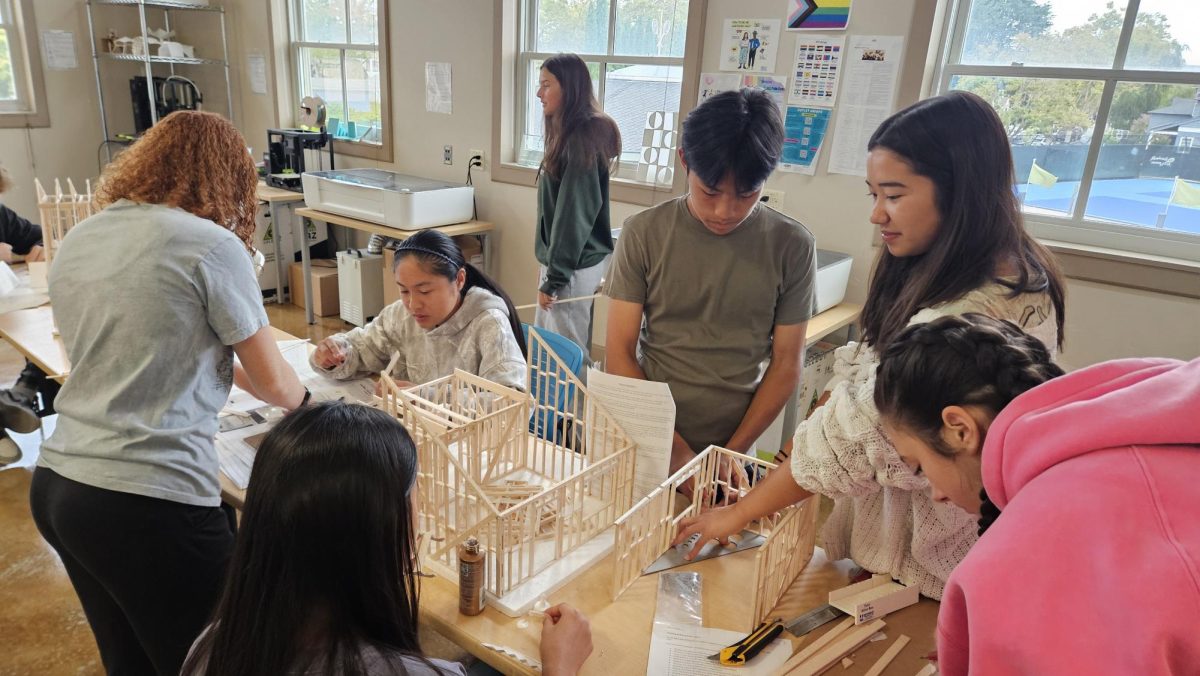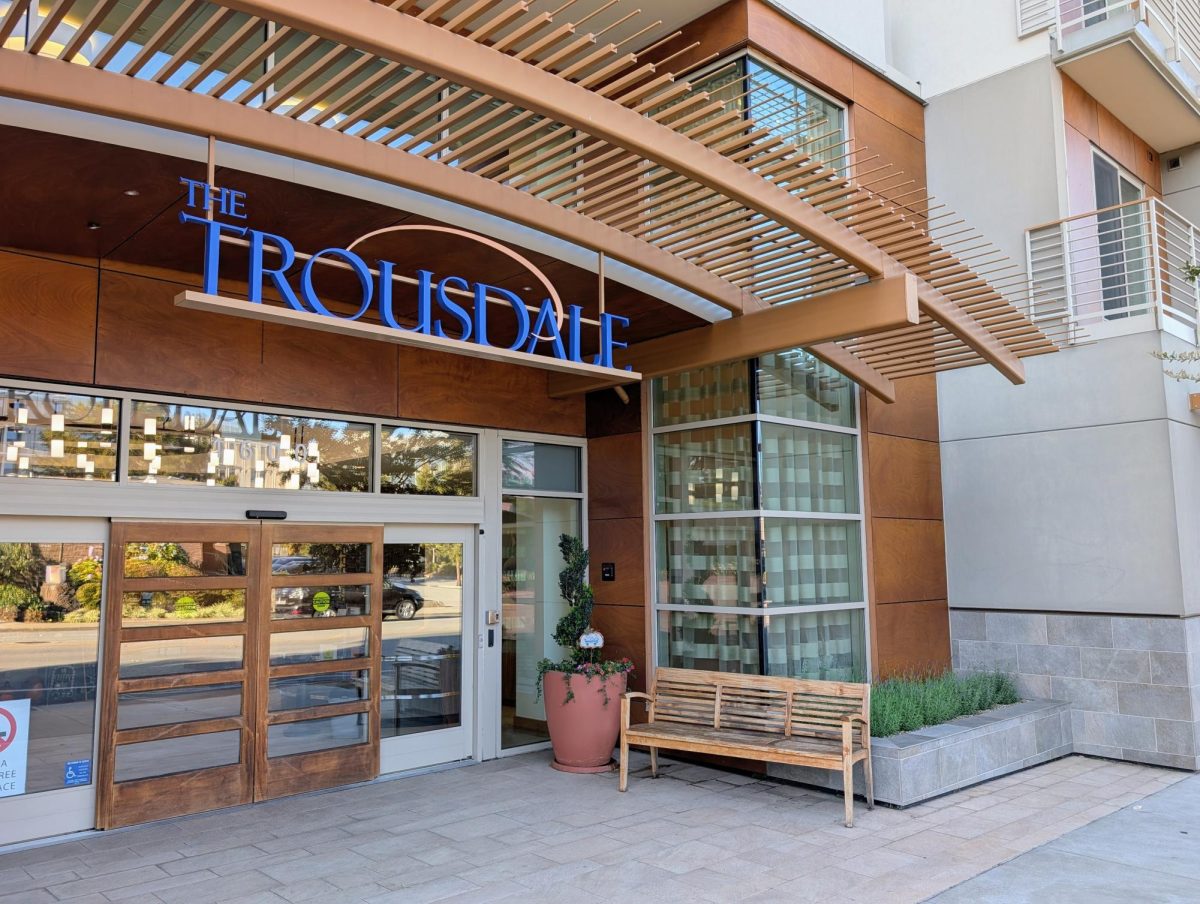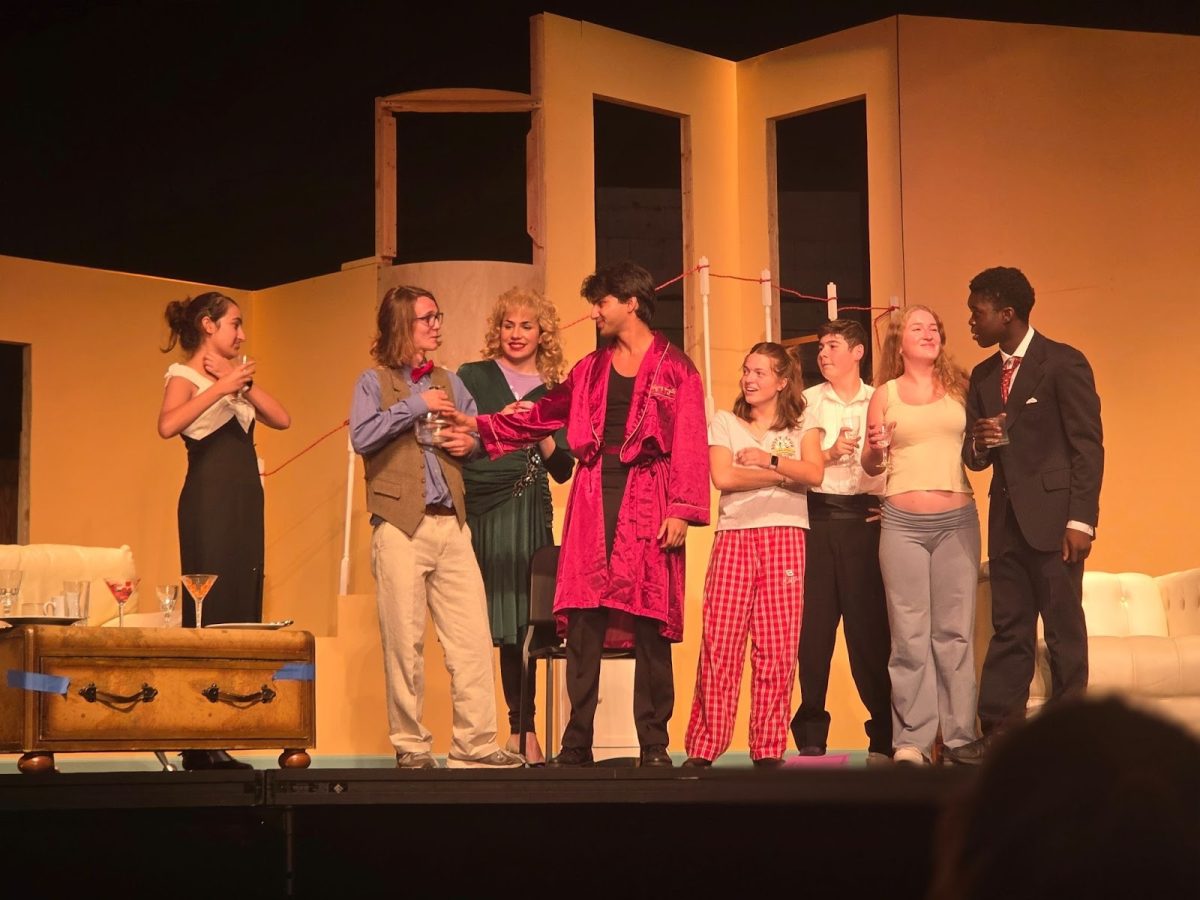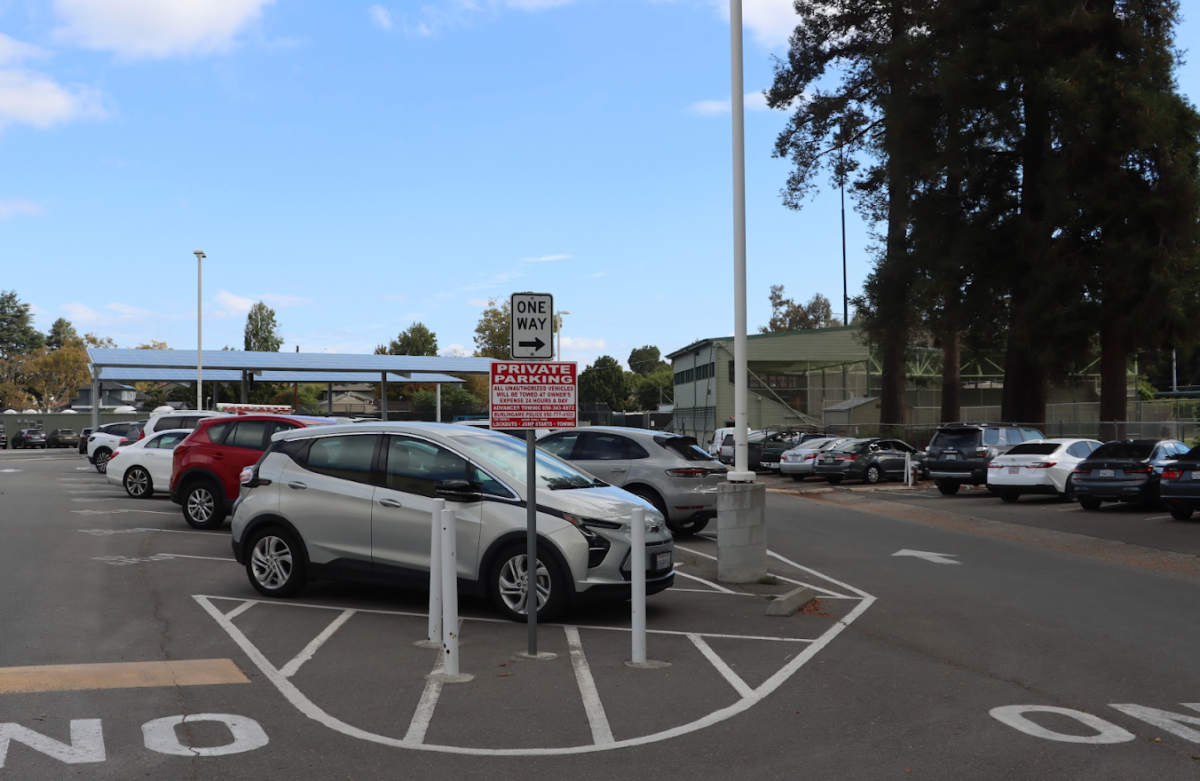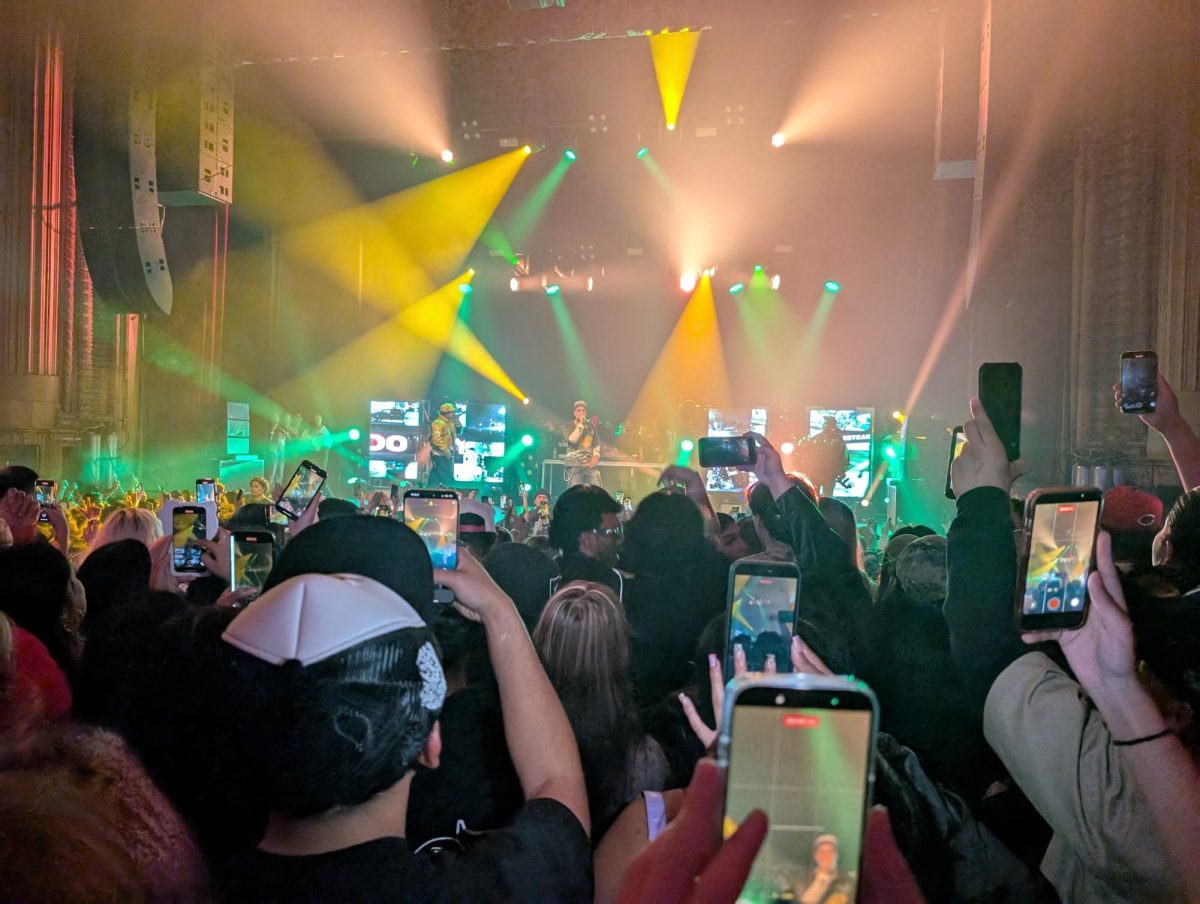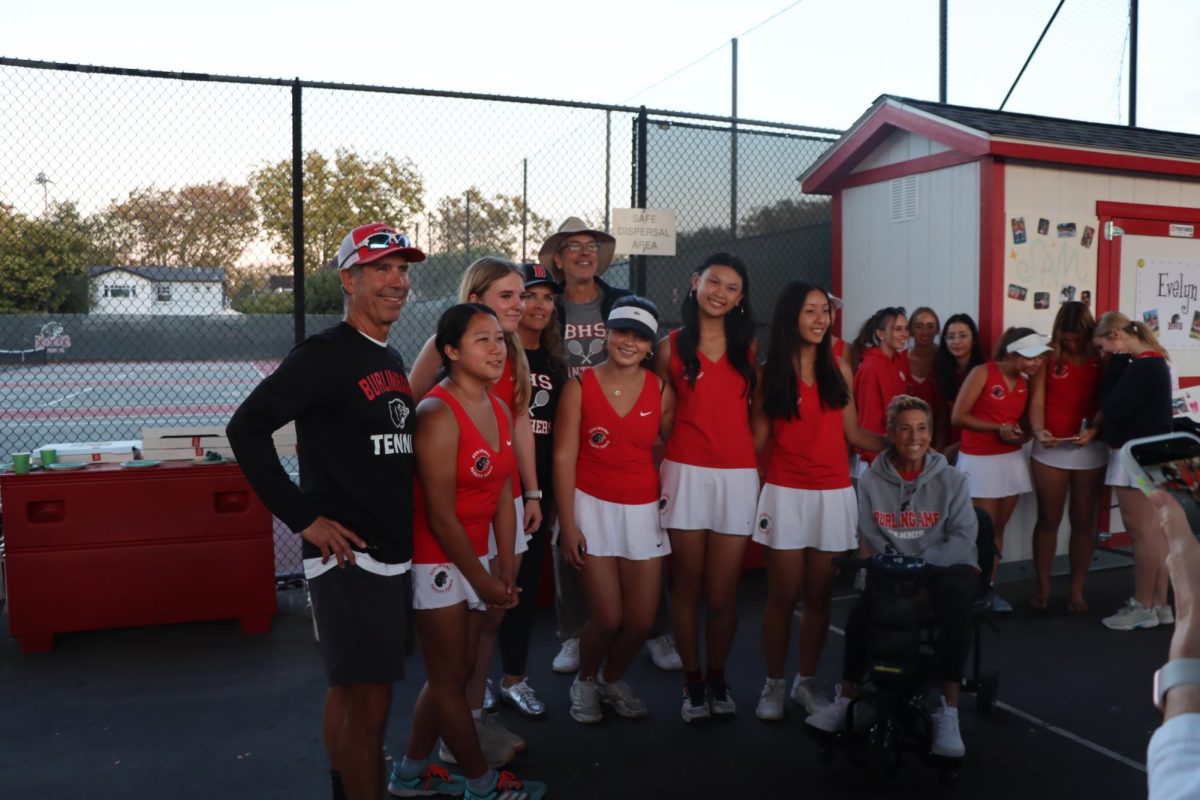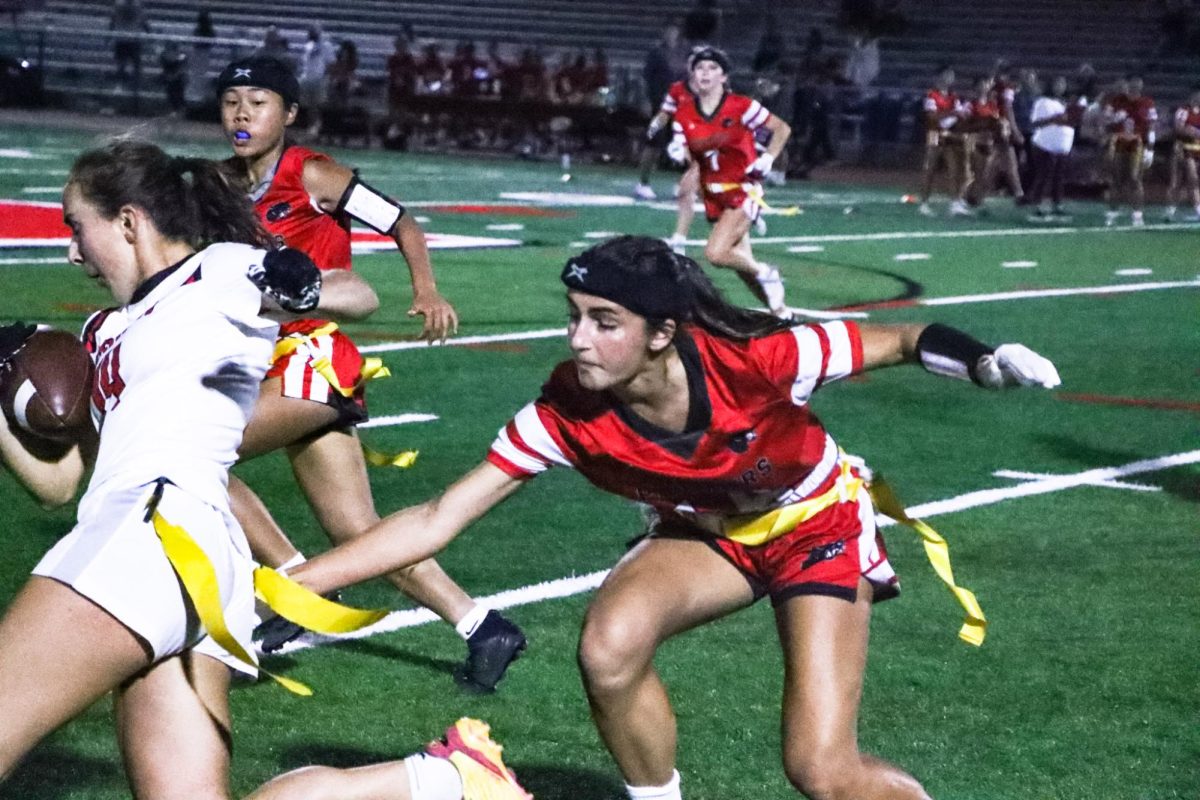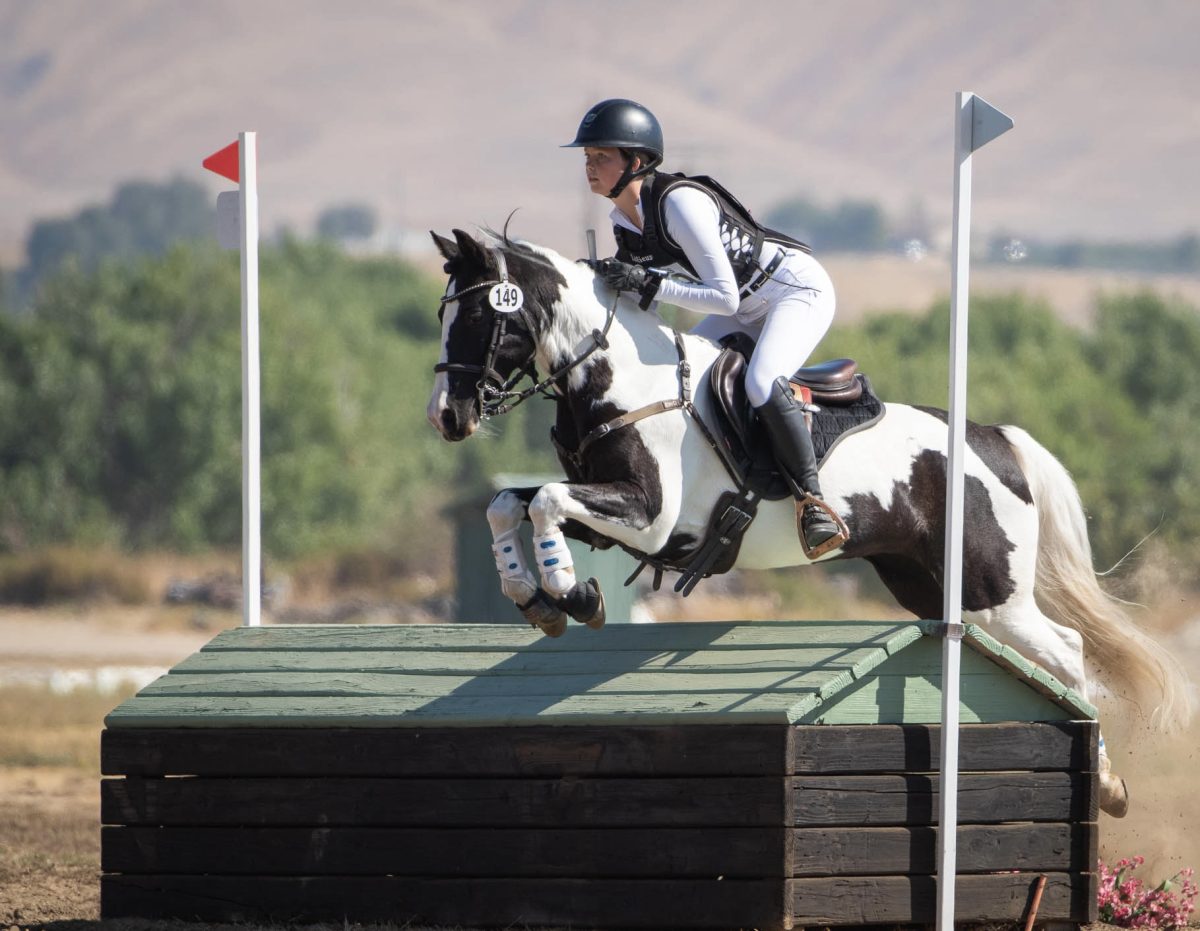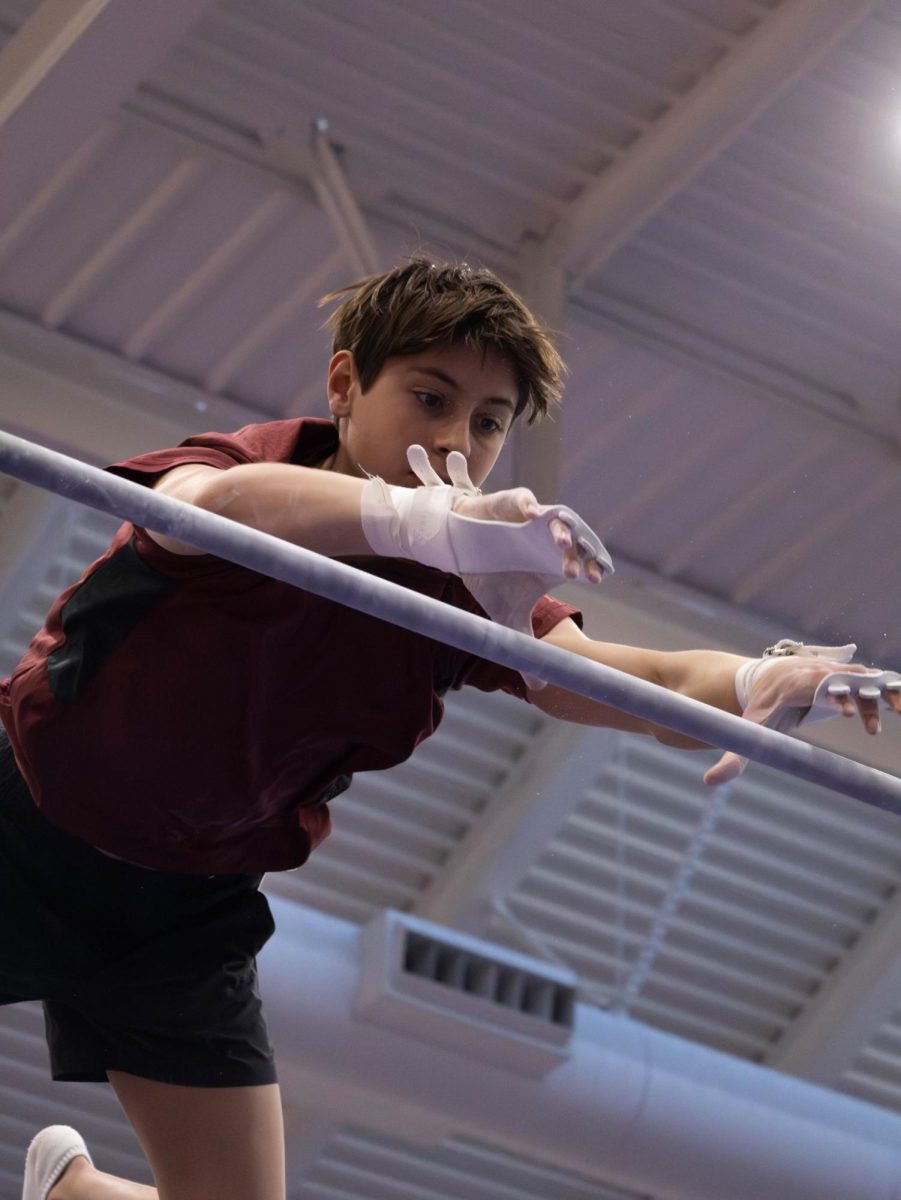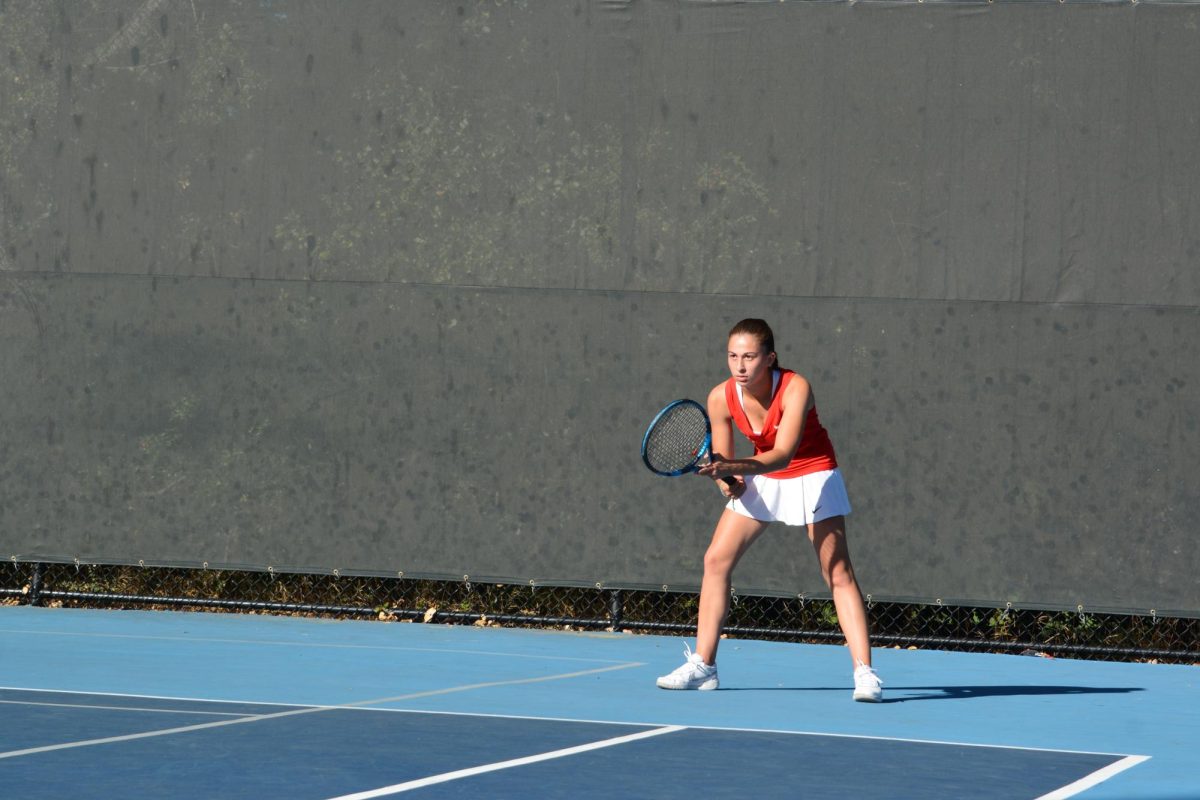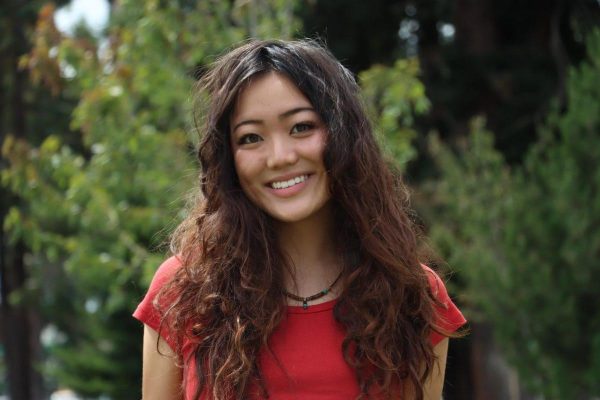When Bay University student Ryan Chew enters the pool, the transformation is immediate. On land, he relies on a network of supports — wheelchair, straps, caregivers — to manage basic tasks. But in the water, gravity relinquishes its grip, and Chew, in a sense, becomes weightless.
Chew was born with cerebral palsy, a condition that limits his ability to isolate and control muscle movements. He spends most of his day strapped into a wheelchair, so the pool offers a rare sense of freedom, guided not by mechanical aids but by his own effort.
“When he’s in the water, he’s happier,” Chew’s nurse, Stephanie McKnight, said. “You can see he’s flowing, he’s relaxed, he puts his head up.”
Chew’s journey with aquatic therapy began three years ago, during his junior year at Hillsdale High School. Since then, weekly sessions led by adaptive physical education specialist Jeff Torres and physical therapist Angel Hsieh have become a key part of his routine.
“I think more than loving the sport, it was about giving Ryan [the] equal opportunity to access things at school that all the other students were getting,” Hsieh said. “We wanted to make sure Ryan had the same opportunities as all the other students. From there, he’s able to do a lot more in the water than he could do on land.”
In the pool, Chew’s arms float, his legs sway, and his head rises above the water effortlessly. These movements, as small as they seem, are profound victories, made possible by a team dedicated to supporting him. Together, McKnight, Hsieh, Torres, paraeducator Wassem Banyayoub, and the facility’s support crew all work collaboratively to ensure the pool is available and equipped to meet Chew’s needs.
“I couldn’t do it without [Hsieh], I couldn’t do it without [McKnight], and without his teacher providing us with support. It’s really a team effort to make sure that we get Ryan into the water,” Torres said. “The P.E. staff has been great about making sure this area was ready and available for us… Ms. Hudelson has been amazing, and so has our facility staff allowing us to get access to the pool.”
The group’s collaboration reflects a broader philosophy at Bay University: inclusion is an active commitment that requires everyone to work together.
“When we get him in the water and you see his eyes light up, or a lot of times, you’ll see a smile too, it’s like reassurance that he’s having a good time. He’s doing stuff that’s not only beneficial for him but stuff that he’s enjoying,” Torres said. “That’s huge for us as people who are working on helping him.”
And Chew is not just moving in the pool; he’s communicating in his own way. Though nonverbal, his emotions are evident in a lift of his head or a gleam in his eyes.
“When he was in the water with coach Torres, he would put his head up and be like, ‘Oh, wow.’ In that way, you know he’s happy,” McKnight said. “That’s memorable because, for him, he doesn’t really do that.”
This freedom also serves a crucial physical purpose. Without regular exercise, Chew’s muscles are at risk of contracture, further limiting his mobility. Swimming helps maintain his range of motion, giving him a chance to experience the joy of movement.
“Ryan’s emotions are shown through his facial expressions and the tone of his voice,” McKnight added. “I knew he was happy in the water when I saw his face… it’s memorable because he doesn’t usually smile like that.”

